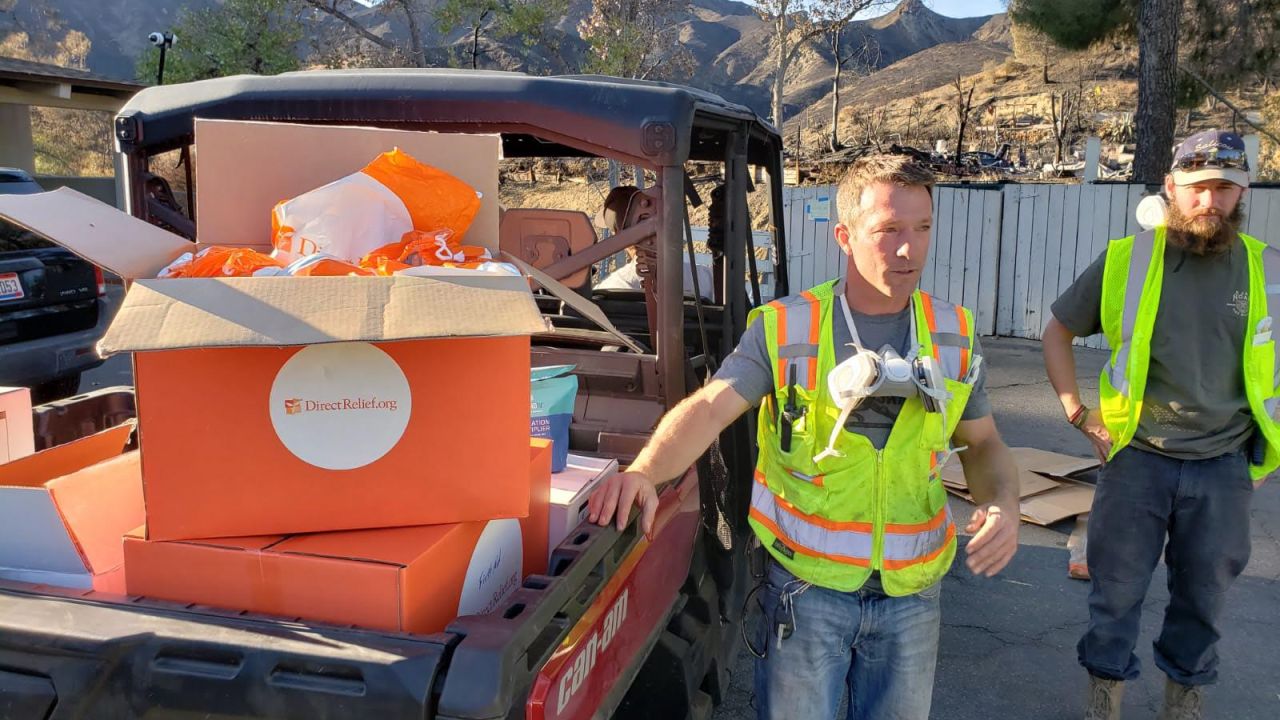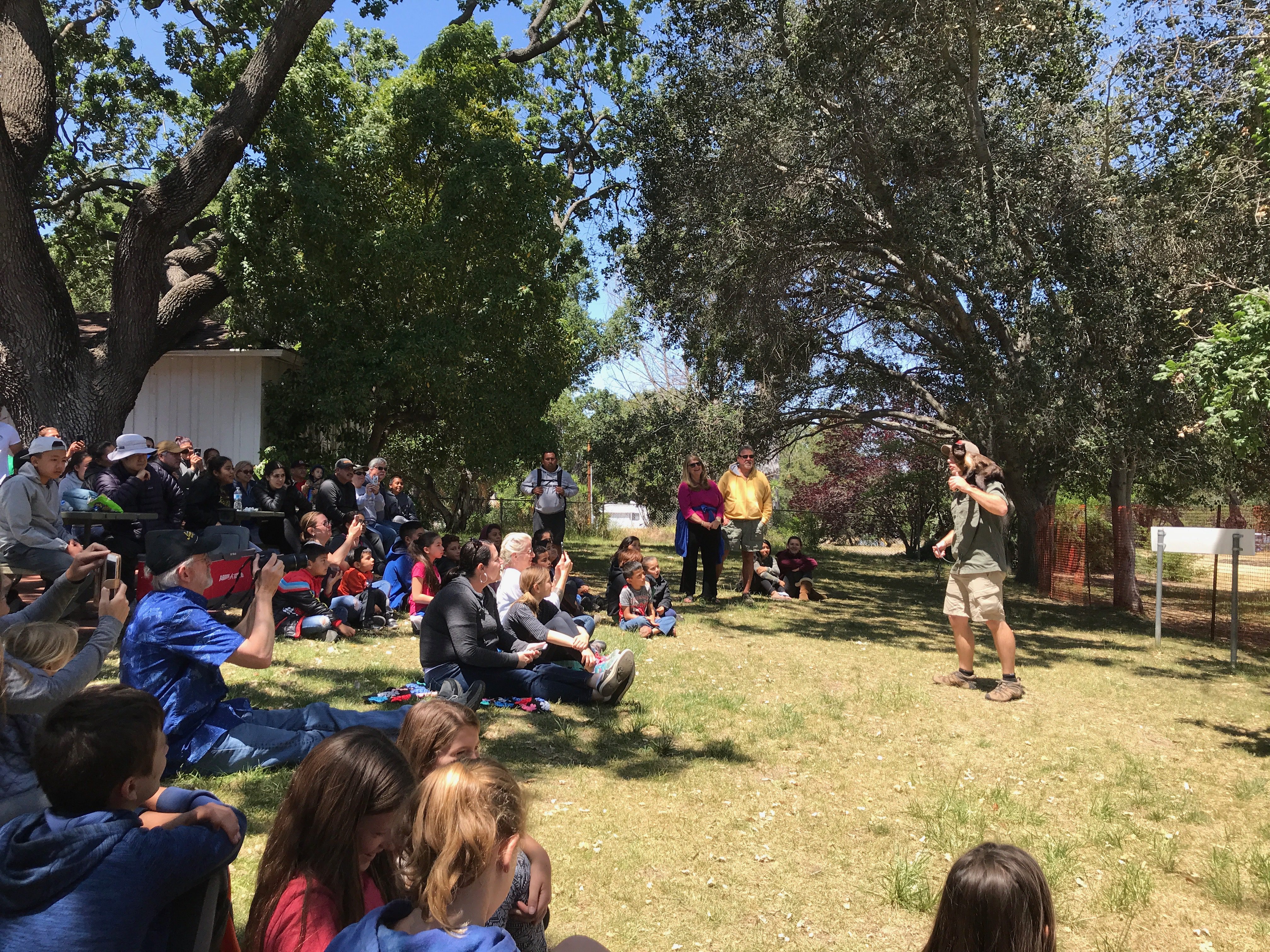By Tony Morain
for Direct Relief
In a time of increasing natural disasters and growing income inequality, Direct Relief’s performance in delivering medicine and other healthcare resources to disaster victims and underserved communities worldwide has put it at the top of many lists of most-recommended charities.
According to Forbes, Direct Relief ranks as the seventh largest U.S. charity in 2018, scoring 100 percent in fundraising efficiency (percent of private donations remaining after fundraising expenses) and 99 percent for its charitable commitment (charitable services as a percent of total expenses).
Direct Relief also earned a four-star rating for 2018 from Charity Navigator, America’s largest independent charity evaluator, the eighth consecutive time that Direct Relief has earned this top distinction.
Of the more than 8,000 charities rated by Charity Navigator, Direct Relief is one of only 66 to receive a perfect 100 score. These charities have earned perfect scores in Charity Navigator’s evaluation of Financial Health and Accountability & Transparency.
Charity Navigator also included Direct Relief in its 2018 lists of 10 of the Best Charities Everyone’s Heard Of, the 10 Best Humanitarian Relief Organizations, and 10 Highly Rated Charities Relying on Private Contributions.
Others recognizing Direct Relief in 2018 include the Center for High Impact Philanthropy at University of Pennsylvania (2019 High Impact Giving Guide), Wallet Hub (2018’s Best Charities for Holiday Giving), Okta (2018 Oktane Award Finalist) and TheStreet (30 Charities That Won’t Waste Your Money).
The ratings came in a year defined by humanitarian crises and natural disasters of unprecedented scale, and Direct Relief has responded more expansively than ever in its 70-year history — delivering $923 million in humanitarian assistance to locally run healthcare providers in 101 countries, including $212 million in aid to communities in 50 U.S. states, Puerto Rico and the U.S. Virgin Islands.
Examples of Direct Relief’s work in 2018 include:
- Disaster response: Within the first two weeks after Hurricane Florence struck the Carolinas in September, leading to at least 47 deaths, Direct Relief had delivered more than 14,000 pounds of medicine and medical supplies.
- Over Thanksgiving week, Direct Relief staff rushed deliveries to California’s Butte County, where local shelters housing thousands of people displaced by the Camp Fire were hit by outbreaks of highly contagious norovirus.
- Puerto Rico: Direct Relief was the first organization to bring medicine into Puerto Rico when the commercial supply chain completely broke down after Hurricane Maria made landfall in September 2017.
More than a year later, Direct Relief has provided $70.2 million in medical aid, invested $12 million in initiatives to bolster health services and local infrastructure, and installed 791 kilowatts of solar energy and 2 megawatts of battery backup at 14 health centers and remote communities on the island.
- Opioid epidemic: Direct Relief last year began shipping the life-saving drug naloxone, which can revive people who have overdosed on opioid medications, to health partners around the country.
- Humanitarian crises: While responding to fast-onset disasters, Direct Relief continued aiding local healthcare providers in parts of the world enduring “slow-burn” humanitarian disasters from Syria, Yemen and the Democratic Republic of Congo to Bangladesh.






